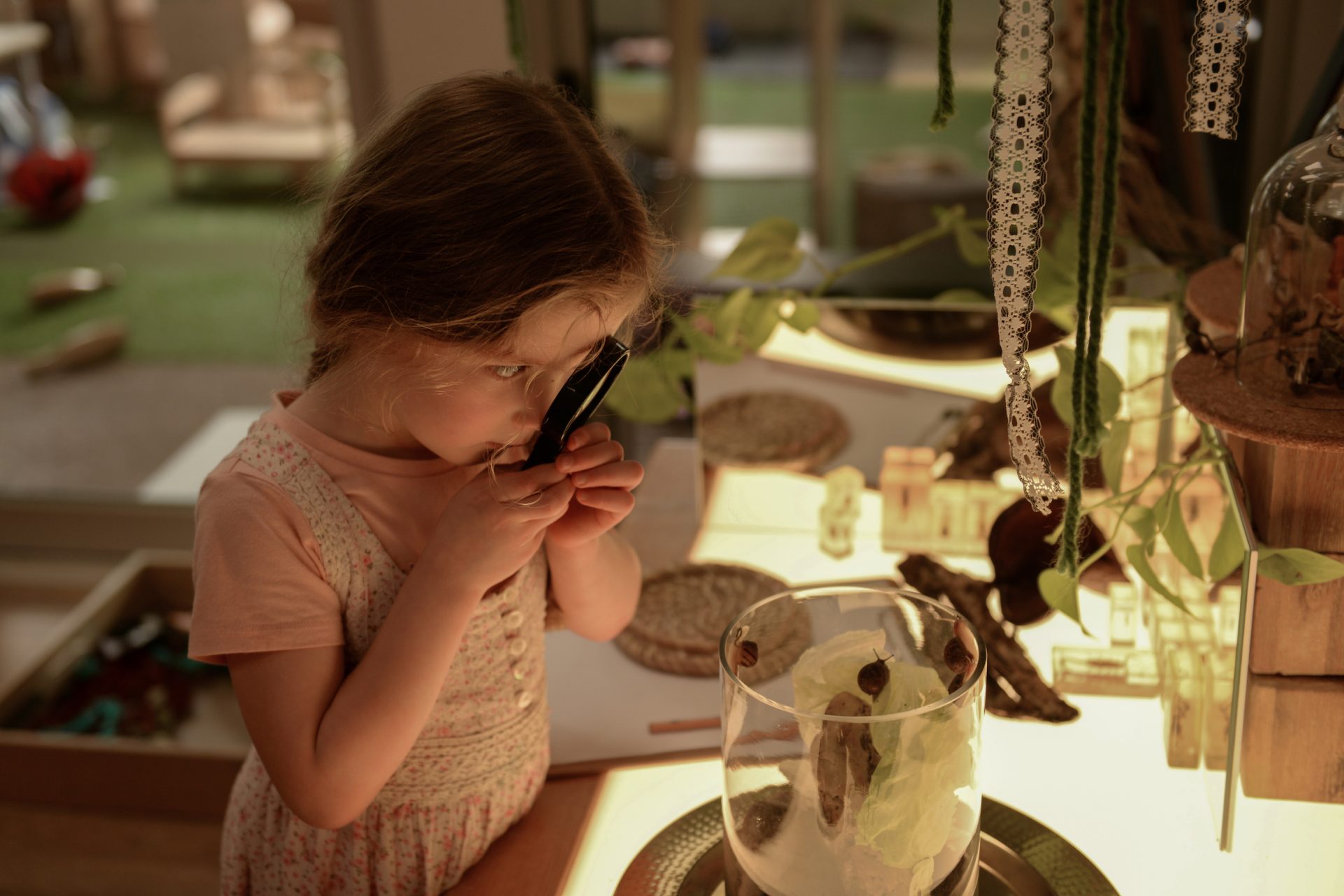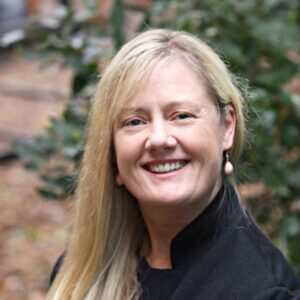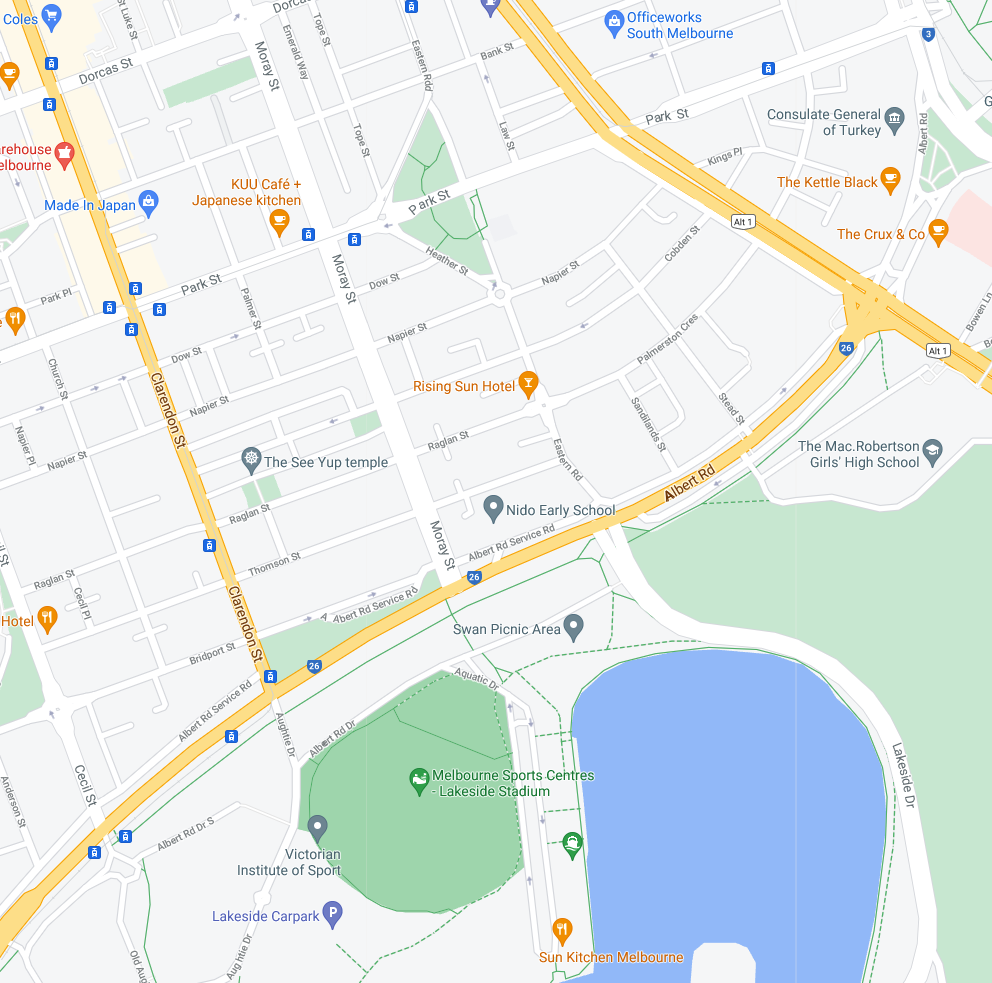
You probably already know that there are a number of different approaches to early education and you may be wondering which one is best for your little one. Choosing a childcare centre or early school is a big decision and it’s definitely not a case of ‘one-size-fits-all’.
This article examines two of the most popular and successful approaches - Reggio Emilia and Montessori - which share similarities but also many differences. The article will be helpful if you are weighing up your options and need to start making decisions about enrolling your child or putting their name on a waiting list.
Before we delve into the two methodologies, let’s take a quick look at how they started out.
Origins of Montessori
Both Montessori and Reggio Emilia have their origins in post-war Italy in the early 20th century.
Montessori was founded by Italian educator, physician and scientist, Dr Maria Montessori who opened her first school in a slum in inner city Rome in 1907. Despite community misgivings about the previously unschooled children’s ability to learn, she was determined to succeed and soon observed that they were absorbing knowledge from their surroundings and were essentially teaching themselves.
Within a few months, she opened several more schools and news of the alternative, child-centric approach quickly spread. Today, there are thousands of Montessori schools all over the world and many of Dr Montessori’s original ideas have been incorporated into mainstream education.
Origins of Reggio Emilia
The Reggio Emilia approach was borne out of a desire by a community of working parents in a small northern Italian town of the same name to find a different kind of ‘doing’ childcare. They joined forces with local educator and psychologist, Loris Malaguzzi and in 1963, they opened the first secular preschool to focus on child-directed learning rather than teacher-led instruction.
Since then, the approach has also gained enormous worldwide popularity, fostering critical thinking and collaboration skills among young children by recognising each child’s potential, innate curiosity and creativity and their capabilities and competencies. The Reggio Emilia approach follows 12 principles.
Similarities between Montessori and Reggio Emilia
Both are alternative early childhood educational methods which aim to educate the whole child and both seek to create respectful, responsible and engaged citizens who live harmoniously with others.
They both embrace the concept that every child has an innate potential for learning in a variety of ways and are centred on the child’s self-selection of activities and participation.
Similarities between Reggio Emilia and Montessori
Here’s what the two methodologies share:
- A child-centric and nurturing approach. Each child is valued as capable, creative and resilient
- A strong belief that children have an incredible potential for learning
- Play-based early learning with a focus on sensory experiences
- Self-directed, self-paced hands-on learning
- A strong focus on classroom design. Learning areas are set up for individuals and groups to interact and collaborate and furniture is sized appropriately for children.
- No formal assessments for grading or testing
- A strong focus on documentation, visual display of every child’s work and building of portfolios
Both approaches welcome and encourage involvement by the whole school community, especially parents and caregivers. In Reggio schools, particular focus is placed on education being a partnership with the wider community.
The differences between Montessori and Reggio Emilia
Here’s how the two approaches differ:
- Reggio Emilia schools are generally geared for pre-school children whereas there are Montessori schools for older children.
- Reggio Emilia education is based on the child’s own interests. In Montessori, materials are presented to the children who then make choices.
- Children in Montessori schools choose from pre-prepared age-specific learning materials and activities, whilst Reggio children explore and experiment with a variety of objects, tools, materials and activities in their environment in any way they choose, depending on what piques their interest. Both are child-led, but Reggio Emilia is less structured and more flexible.
- Montessori follows a general curriculum which is more structured and academically focused with specific goals, whereas Reggio Emilia doesn’t follow any set curriculum. In Reggio schools, teachers and children work collaboratively so that learning is open-ended and the evolution and journey of learning depends on the students’ individual interests and responses.
- In Reggio Emilia, the classroom environment is seen as the ‘third teacher’.
- Children of mixed ages share the same Montessori classroom (eg 3, 4 and 5-year olds will be together) and teachers can often have the same students for a number of years, whereas Reggio Emilia classes are traditionally age-based for a single academic year.
- Reggio Emilia educators don’t undertake specialist training over and above their formal qualifications, but instead are inspired by the approach and are free to apply the principles as they wish. Montessori teachers have to be accredited.
A few final words on Reggio Emilia vs Montessori
The first thing to understand is that one approach is not better than the other. They’re similar in many ways, but they’re also quite different and the important thing is to find a school which is the best fit for your child. Doing thorough research before making a choice of early learning is vital. If you’re considering a Reggio Emilia kindergarten, you’re welcome to book a tour of one of our Evoke Early Learning childcare centres in Clayton or Albert Park. Our friendly and professional team has all the information you need to make a well-considered decision and we look forward to meeting you.

Tracey is a highly qualified educator and administrator and brings a strong combination of academic achievement, extensive work experience in the education and business sectors as well as drive and passion to her role as General Manager of Operations at Evoke Early Learning.
Tracey has a Master of Education and an Advanced Diploma of Business and holds VIT Dual Registration to teach in Early Childhood and Primary School settings. She’s also a VIT Trained Mentor Teacher and has worked in ECEC settings as a Director, Educational Leader and as a Victorian Senior Area manager. Her recognition as a state finalist in the recent Director of the Year Awards is testament to her achievements in the early education sector.
Her extensive work experience also included a stint as Head of Curriculum at the Royal Children’s Hospital Education Institute and positions as head of ICT at a number of large primary and secondary schools. Tracey is also experienced in not-for-profit sessional kindergarten settings and long daycare environments, so she has a deep understanding of what’s required to support the needs and expectations of young children, educators, parents and caregivers.
Tracey is responsible for operational management at Evoke Early Learning’s Clayton centre in Oakleigh East and their Albert Park centre in South Melbourne and is deeply committed to leading and driving effective and sustainable service delivery throughout the company.
Tracey is passionate about making a meaningful difference to young children, their parents and the wider community and under her expert guidance, Evoke Early Learning is continuing to raise the bar in quality early education and childcare.


